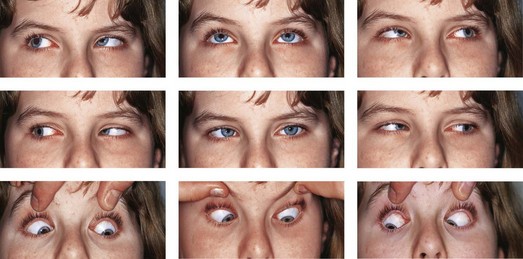
Unraveling Strabismus: Alphabet Patterns
Introduction: Strabismus, commonly known as crossed eyes or squint, is a visual condition characterized by misalignment of the eyes, leading to a lack of coordination in their movement. The condition often presents in various patterns, some of which resemble alphabet letters. This article delves into the different alphabet patterns observed in strabismus, providing insights into their clinical significance and management strategies.
Alphabet Patterns:
- A-Pattern:
- Description: In this pattern, one eye deviates upward, while the other remains aligned or may even turn downward.
- Clinical Significance: A-patterning is often associated with overaction of the superior oblique muscle or underaction of the inferior oblique muscle.
- Management: Treatment may involve addressing the underlying muscle imbalance through surgical intervention, including weakening or strengthening procedures on the affected muscles.
- V-Pattern:
- Description: In V-pattern strabismus, one eye turns outward (exotropia) in the primary position and may further diverge when looking upward.
- Clinical Significance: V-patterns commonly occur due to overaction of the inferior oblique muscles or underaction of the superior oblique muscles.
- Management: Surgical correction may be warranted to rebalance the forces acting on the extraocular muscles, often involving weakening of the overacting muscles or tightening of the underacting ones.
- X-Pattern:
- Description: X-pattern strabismus is characterized by a larger exodeviation in downgaze compared to upgaze, resulting in a crossing of the eyes in the shape of an “X.”
- Clinical Significance: This pattern typically arises from overaction of the horizontal rectus muscles or underaction of the vertical rectus muscles.
- Management: Surgical intervention may be necessary to address the muscle imbalance and achieve alignment of the eyes in all gaze positions.
- Y-Pattern:
- Description: Y-pattern strabismus involves an exodeviation that increases in both upgaze and downgaze, resembling the shape of a “Y.”
- Clinical Significance: Y-pattern deviations are commonly associated with overaction of the lateral rectus muscles or underaction of the medial rectus muscles.
- Management: Surgical correction aims to rebalance the forces acting on the horizontal rectus muscles, often through recession or resection procedures.
Conclusion: Strabismus presents in various alphabet patterns, each indicative of specific underlying muscle imbalances or dysfunctions. Recognizing these patterns is essential for accurate diagnosis and formulation of appropriate management strategies, which may include surgical correction, prism adaptation, or vision therapy. By addressing the underlying causes of strabismus and restoring ocular alignment, ophthalmologists can help improve visual function and enhance quality of life for affected individuals.
Reference Sites:
- American Association for Pediatric Ophthalmology and Strabismus (AAPOS) – https://www.aapos.org/
- American Academy of Ophthalmology (AAO) – https://www.aao.org/
- PubMed Central (PMC) – [Link to relevant research articles and clinical guidelines]
By shedding light on the alphabet patterns of strabismus, this article aims to deepen understanding among ophthalmologists and foster effective management approaches for this complex visual condition. Continued research and clinical innovation are vital in advancing our knowledge and refining treatment modalities to optimize patient outcomes.


